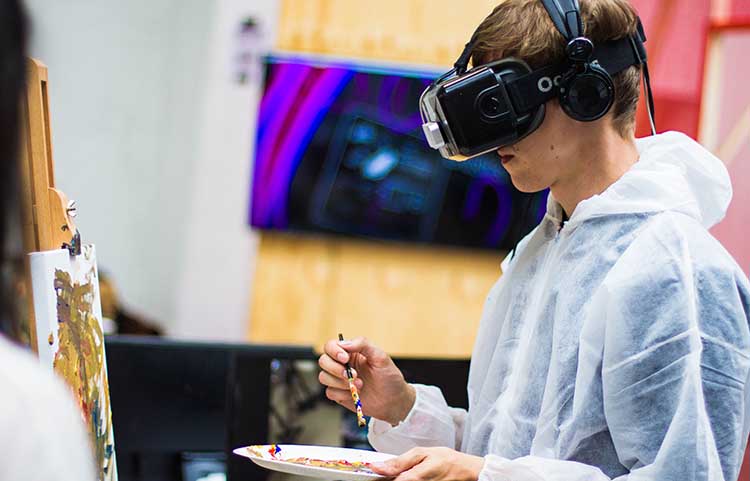Wu Shengwu, vice director of the information department of China’s Ministry of Industry and Information Technology (MIIT), predicted at a press conference that China’s virtual reality industry will grow at a compound annual growth rate (CAGR) of 95.2% year-on-year in the next three years to hit RMB 54.5 billion (nearly USD 8 billion) in 2021, reported21st Century Business Herald on Thursday.
Wu emphasized at the press conference held in Beijing for the 2019 World Conference on the VR Industry, which is to be held in October that VR technologies will be gradually adopted in industries that need real-time communication, which is possible in a 5G commercial network.
Often-cited uses cases for VR technology in professional environments are employee training and industrial mainetnance.
China issued 5G commercial licenses to four carriers earlier this month, indicating 5G networks will become available soon.
In January, the MIIT, along with 9 other ministries called for regions to support and subsidize companies that promote products including ultra-high-definition television sets, set-top boxes, and virtual reality/augmented reality devices, as a way to boost people’s consumption.
Market research firm IDC predicted earlier this month that the five-year compound annual growth rate for worldwide augmented reality/virtual reality would be at 78.3%.
IDC expected much of the growth in AR/VR spending will be driven by accelerating investments from the commercial and public sectors. It added that the strongest spending growth over the 2019-2023 forecast period will come from the financial and infrastructure sectors, while the manufacturing and public sectors will follow closely. Consumer spending on AR/VR is expected to grow at a slower pace.
“A growing number of companies are turning to virtual reality as a way to drive training, collaboration, design, sales, and numerous other use cases,” said Tom Mainelli, group vice president, Devices and Consumer Research at IDC.
The commercial use cases that are forecast to receive the largest investments in 2023 are training (USD 8.5 billion), industrial maintenance (USD 4.3 billion), and retail showcasing (USD 3.9 billion). Although growing more slowly, the three consumer use cases for AR/VR (VR gaming, VR video/feature viewing, and AR gaming) will soak up more, with IDC forecasting USD 20.8 billion spent here in 2023.
While both the Chinese government and IDC are optimistic about the future of the VR industry, observers point out that currently, the industry is still at the early-adopter, experimental stage, and that consumer adoption has somewhat lagged behind expectations.
At the CES 2019 tech show in Las Vegas earlier this year, Facebook’s VR unit Oculus was keeping a low profile while Other VR companies had similarly subdued presentations. HTC announced two new headsets — one with only vague details — and Sony was still demonstrating its USD 300 PlayStation VR headset which it introduced almost two years ago, the Associated Press reported at that time.
